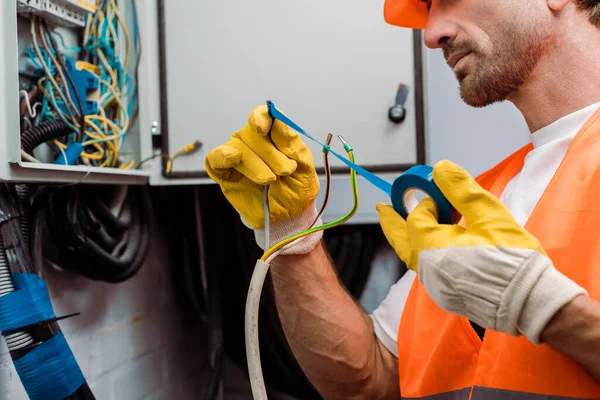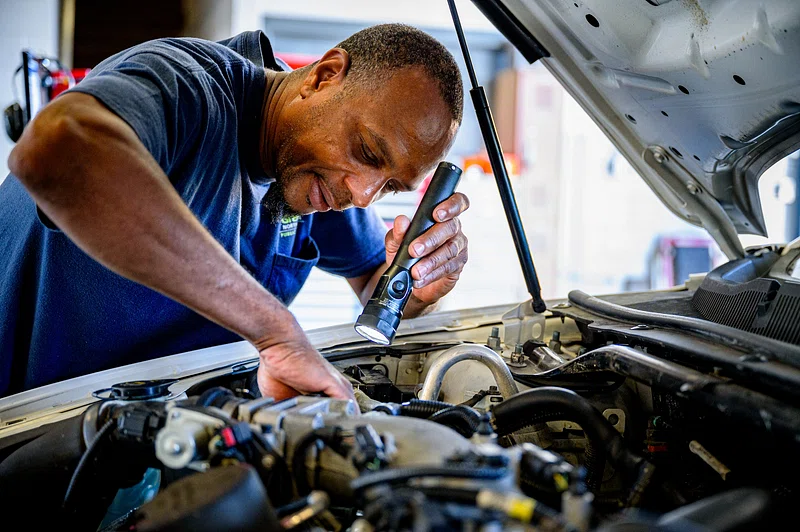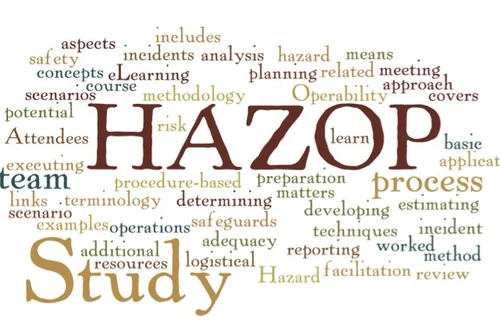The Future of HAZOP: AI, Automation, and Smarter Risk Management
The Future of HAZOP: AI, Automation, and Smarter Risk Management

What is HAZOP and Why Does It Matter?
The HAZOP Study (Hazard and Operability Study) is a structured approach used to identify potential risks in industrial processes. It is widely adopted in industries such as oil and gas, pharmaceuticals, and chemical manufacturing to prevent hazardous situations.
Traditionally, HAZOP relied on expert teams analyzing deviations in processes manually. However, with the rapid evolution of AI and automation, the way HAZOP is conducted is changing significantly. These advancements are improving risk assessment efficiency, predictive accuracy, and overall process safety.
How AI is Revolutionizing HAZOP in 2025?
Artificial Intelligence (AI) is transforming HAZOP by introducing machine learning, predictive analytics, and automation to risk assessment frameworks. AI helps in analyzing large volumes of data quickly, reducing human error, and enhancing risk identification.
1. AI-Driven Risk Assessment and Predictive Modeling
AI-powered systems can predict potential hazards based on historical data and real-time sensor inputs. These models identify patterns that might not be visible through traditional HAZOP analysis, allowing industries to take proactive safety measures.
2. Automated Data Processing for Faster HAZOP Studies
In conventional HAZOP sessions, data collection and analysis take significant time. AI and automation tools process data instantly, reducing the time required for risk assessments while improving accuracy.
3. Machine Learning for Continuous Improvement
Machine learning algorithms adapt and improve over time. By analyzing past incidents and process deviations, AI refines its risk detection models, leading to smarter and more accurate HAZOP assessments.
The Role of Automation in HAZOP Studies
Automation plays a crucial role in streamlining HAZOP processes by minimizing manual effort and ensuring consistency in risk assessments. Some key benefits include:
-
Automated Report Generation: AI tools compile HAZOP findings into detailed reports, reducing human workload.
-
Real-Time Monitoring Systems: IoT sensors and automation frameworks detect process deviations and trigger alerts.
-
Virtual HAZOP Sessions: Digital platforms allow remote collaboration, enabling experts from different locations to contribute to risk assessments.
The Integration of HAZOP with Process Safety Management
The combination of AI-powered HAZOP studies and Process Safety Management (PSM) enhances industrial safety by providing a structured approach to hazard identification and mitigation. AI-driven PSM frameworks help:
-
Identify safety risks in real-time
-
Improve compliance with industry regulations
-
Automate incident reporting and response mechanisms
Fire Safety and AI-Based HAZOP Audits
A critical aspect of HAZOP is fire risk management. AI-based Fire Audit systems use thermal imaging, gas detection, and automated suppression mechanisms to enhance fire safety measures. These advancements help:
-
Detect fire hazards early using AI-driven monitoring
-
Automate fire suppression systems for rapid response
-
Improve fire safety compliance through data-driven insights
Smarter Risk Management Through AI and Automation
Risk management is becoming smarter with AI integration in HAZOP studies. Some emerging trends in 2025 include:
-
Digital Twin Technology: AI creates virtual replicas of industrial plants to simulate risk scenarios.
-
Blockchain for Transparency: Blockchain technology ensures transparent and tamper-proof documentation of risk assessments.
-
Augmented Reality (AR) for Training: AR enhances safety training by simulating real-world risk scenarios.
The Role of a Safety Consultant in AI-Driven HAZOP Studies
While AI and automation enhance risk management, human expertise remains essential. A Safety Consultant plays a vital role in:
-
Interpreting AI-generated risk assessments
-
Providing regulatory compliance guidance
-
Conducting in-depth safety training sessions
Conclusion
AI and automation are revolutionizing HAZOP studies by making risk assessments faster, more accurate, and data-driven. These technologies improve process safety, reduce manual effort, and enhance compliance. However, human expertise remains crucial in interpreting AI-driven insights and ensuring robust safety protocols.







